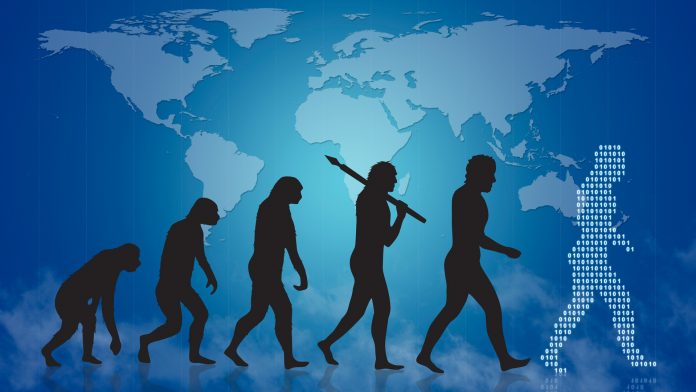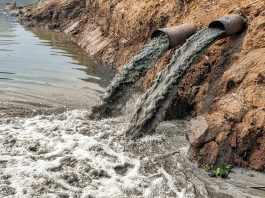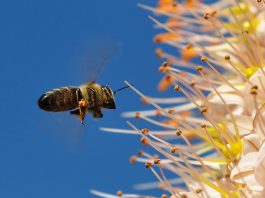A new global dataset gathered by researchers has uncovered the various factors that have influenced the contemporary evolution theory such as, human disturbances and pollution.
What is the purpose of the global dataset?
Wild populations must constantly adapt to environmental fluctuations or risk extinction. For more than fifty years, scientists have described instances of ‘rapid evolution’ in specific populations as their traits (or phenotypes) change in response to varying stressors.
For example, Spanish clover has acquired a tolerance for copper from the mine tailings in which it grows, and the horn size of Alberta bighorn sheep has declined due to trophy hunting.
A research team from McGill University built on their previous work to create a new dataset of close to 7,000 examples of changing traits in various populations around the world, from house sparrows and grey wolves to freshwater snails and Canadian goldenrod.
The dataset is 80% larger than any that has been collected in the past and it documents trait alterations that are a mixture of evolution and immediate reactions to the environment.
How did researchers relate this to the contemporary evolution theory?
Until now it has not been possible to reach any predominant conclusions about how the different factors—such as harvesting, climate change, invasive species, or pollution— shape this rapid contemporary evolution theory.
“We have come a long way from the old view of evolution as a slow process to the point where we are now realising that everything is evolving all around us all the time,” commented Andrew Hendry, co-senior author, and Professor of Biology at the Redpath Museum of McGill.
How does human disturbance and pollution tie into this?
The research team was specifically interested in how different types of human disturbance influences changes in characteristics. “We found a small but real difference in rates of change between human disturbed and natural populations,” explained Kiyoko Gotanda, co-senior author, and an Assistant Professor of Biological Sciences at Brock University.
“Moreover, the very highest rates of change are nearly always those associated with intensive human disturbance” added Hendry.
Furthermore, analysis of the expanded dataset also confirms that harvesting by human’s results in larger rates of change when compared to non-human disturbances, and highlights that introduced populations have increased rates of change.
The research team also found that pollution was responsible for the most rapid rate of phenotypic change – with zinc tolerance in tufted hair grass increasing by 80% over 26 years. The results also suggest that it is now difficult to judge what is considered as a ‘natural habitat’, since climate change is probably impacting most populations.
“The critical next question is how this contemporary change matters for populations, communities, and ecosystems, as well nature’s contribution to people,” concluded Sarah Sanderson, primary author, and a PhD candidate in Biology at McGill.
“We know, for instance, that salmon have been getting smaller over the last century. This reduction in body size of such an important fish has huge impacts —birds, bears, and fish now have less to eat, Indigenous people have to catch more fish per meal, and the payoff is lower for commercial fishers.”





